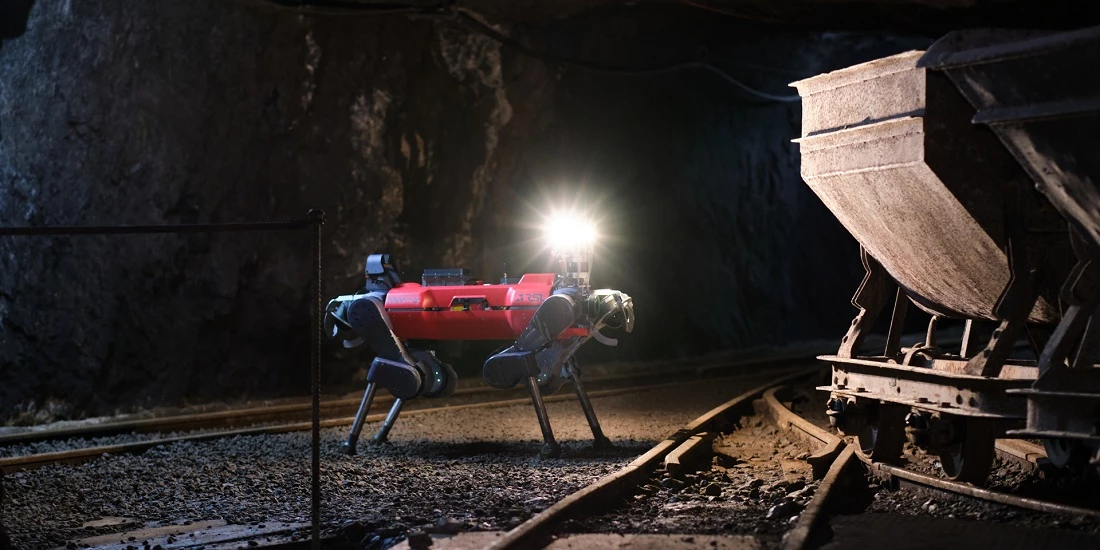A few years ago we first heard about DARPA's Subterranean Challenge, a competition in which teams were using robots to explore underground environments. An international consortium known as Team CERBERUS has recently been awarded the top prize, collecting US$2 million.
DARPA – the Defense Advanced Research Projects Agency – is affiliated with the US Department of Defense, and has previously run other competitions designed to inspire technological innovation.
In the Subterranean Challenge, robotic systems developed by teams from around the world had to navigate three types of underground "domains" – Tunnel Systems such as those found in mines; Urban Underground environments such as subway tunnels; and natural Cave Networks.
All three posed unique challenges, and were the subjects of separate sub-competitions that took place over the past three years. The whole thing culminated last week, with a Final Event that incorporated elements of all three domains. It was held at the Mega Cavern complex, a former coal mine located in Louisville, Kentucky. That said, the Cave Networks segment had to be virtual-only (computer-simulated, in other words), due to pandemic-related constraints.
In fact, nine of the teams did the entire Subterranean Challenge in a virtual-only format – they were competing for a smaller $750,000 top prize. Another eight teams were physically present at the cavern complex, with CERBERUS being declared the overall winner.

Its name an acronym for CollaborativE walking and flying RoBots for autonomous ExploRation in Underground Settings, the team was composed of personnel from the University of Nevada Reno, ETH Zurich, the Norwegian University of Science and Technology (NTNU), the University of California - Berkeley, the University of Oxford, drone manufacturer Flyability, and the Sierra Nevada Corporation.
CERBERUS won the competition by successfully locating 23 out of 40 artifacts that had been placed within the different domains. And while the team utilized a collaborative combination of multicopter drones and ground-based robots, most of the work was performed by four ANYmal C quadruped robots, manufactured by ETH Zurich spin-off ANYbotics. Among other things, the ANYmal C's four-legged walking gait allows it to move over uneven terrain, maintain stability when bumped into, and even climb up and down stairs.
"Our team coined early on the idea of legged and flying robot combination," says NTNU's Dr. Kostas Alexis, team leader of CERBERUS. "We have remained focused on this core vision of ours and also bring fully own-developed hardware for both legged and flying systems. This is both our advantage and – in a way – our limitation as we [have spent] a lot of time in its development."
You can see one of the ANYmal C robots taking part in the Final Event, in the video below.
Sources: DARPA, Flyability, NTNU, CERBERUS




